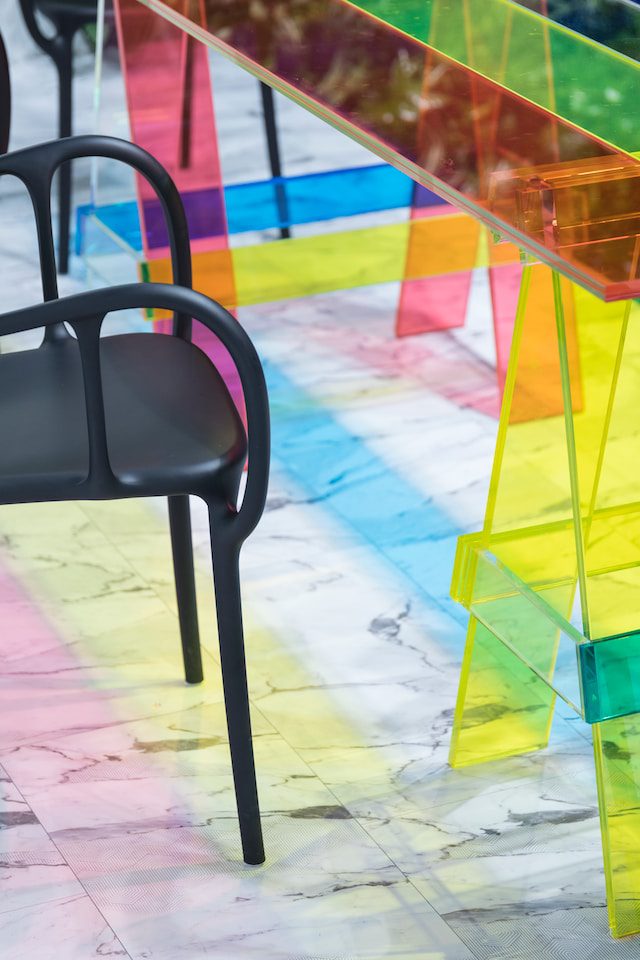The modern world of manufacturing is characterized by a vast array of material choices. When it comes to transparent materials, two of the most popular options are acrylic and polycarbonate. Understanding the differences between these materials is crucial, as the appropriate choice can dramatically affect the success and functionality of a project. As we explore the contrasts and comparisons, you’ll learn why each material is unique and has its distinctive advantages.
Table of Contents
Origin and Manufacture
Acrylic, often known by the brand names Plexiglas or Perspex, is a type of plastic material that originated from petroleum distillates. It is formed through the polymerization of methyl methacrylate. Polycarbonate, on the other hand, is a group of thermoplastic polymers that contain carbonate groups. It is created through a reaction between bisphenol A and phosgene COCl2.
Visual Clarity
Acrylic and polycarbonate are well-known for their exceptional clarity and transparency. However, acrylic holds an edge when it comes to visual aesthetics, offering superior light transmittance. It’s also less likely to yellow over time and resistant to scratches, a quality that becomes particularly important in applications requiring a pristine look.
Polycarbonate, while still offering high clarity, does not match the optical excellence of acrylic. The clarity in acrylic sheets from Simply Plastics, for instance, is noticeably superior. However, polycarbonate excels in applications where durability is more important than absolute clarity.
Strength and Durability
While both materials are known for their durability, polycarbonate is significantly stronger than acrylic. In fact, it is about 200 times stronger than glass and 30 times stronger than acrylic, making it nearly shatterproof. It can withstand a considerable amount of force and is particularly suitable for applications where there is a risk of impact or breakage.
Acrylic, while not as strong as polycarbonate, is still 17 times stronger than glass. It’s a resilient material but has a higher susceptibility to cracking or shattering upon high impact.
Flexibility and Formability
Polycarbonate outshines acrylic in terms of flexibility and formability, able to be bent and molded without heating. This makes it a perfect choice for projects requiring complex shapes and curves.
Conversely, while acrylic can be formed, it requires heat to soften it before it can be bent or shaped, making the process slightly more complex.
UV Resistance and Weatherability
Both materials offer excellent resistance to weather conditions and UV radiation. However, untreated polycarbonate can turn yellow over time when exposed to sunlight, whereas acrylic maintains its clarity over extended periods.
Price and Environmental Impact
Acrylic is typically cheaper than polycarbonate, making it a more economical choice for many applications. Moreover, acrylic is easier to recycle, offering a better environmental profile than polycarbonate.
In essence, the decision to use either acrylic or polycarbonate hinges predominantly on the particular demands of a project. Each material brings to the table its unique benefits, ranging from crystal clear visibility and robustness to flexibility and resilience to ultraviolet light. With this understanding at your disposal, you are well-positioned to make a knowledgeable choice that best fits the requisites of your project.
Featured Photo by Jean-Philippe Delberghe on Unsplash




